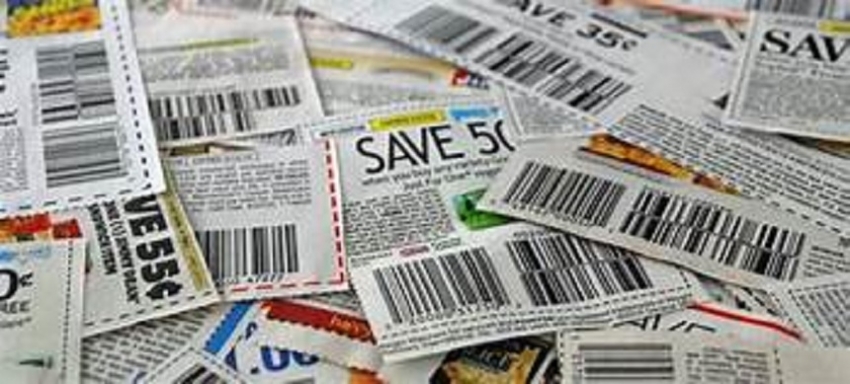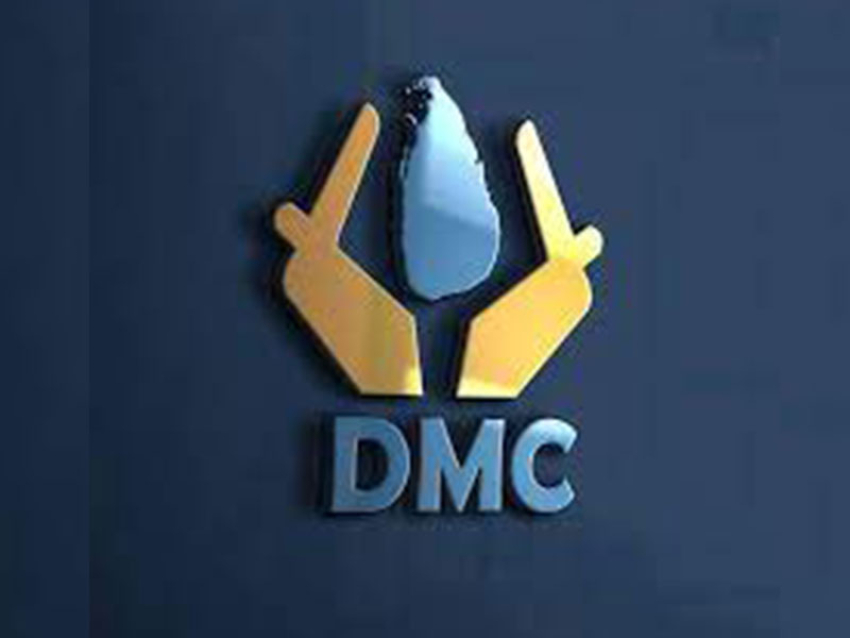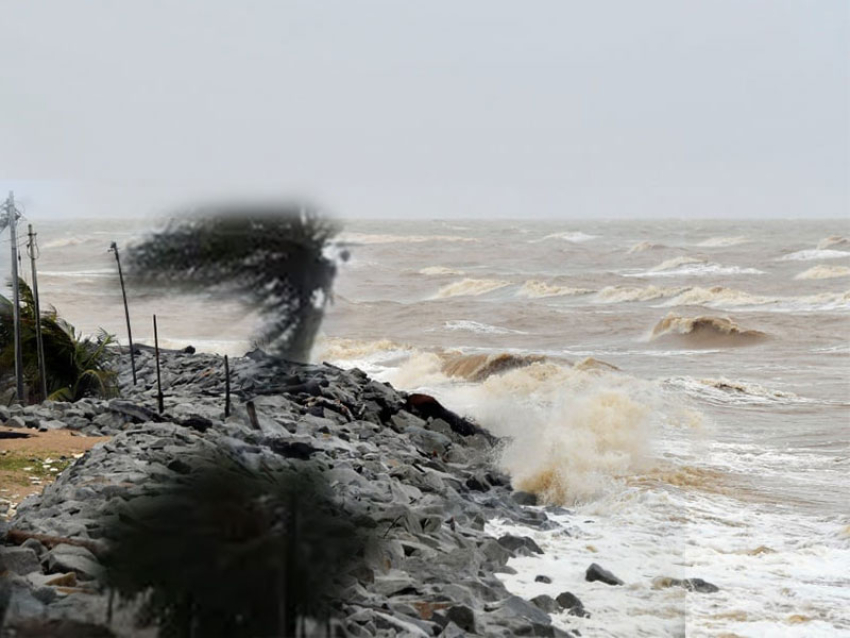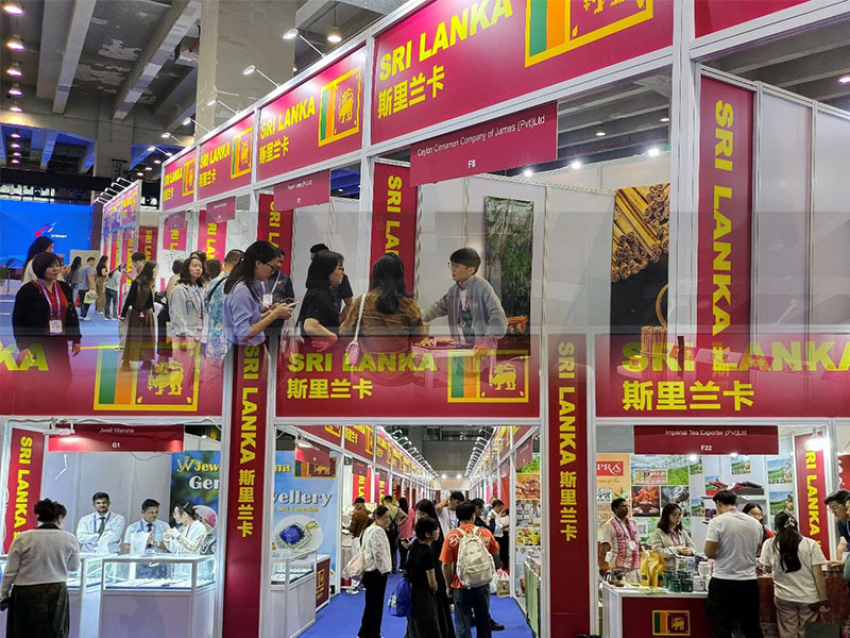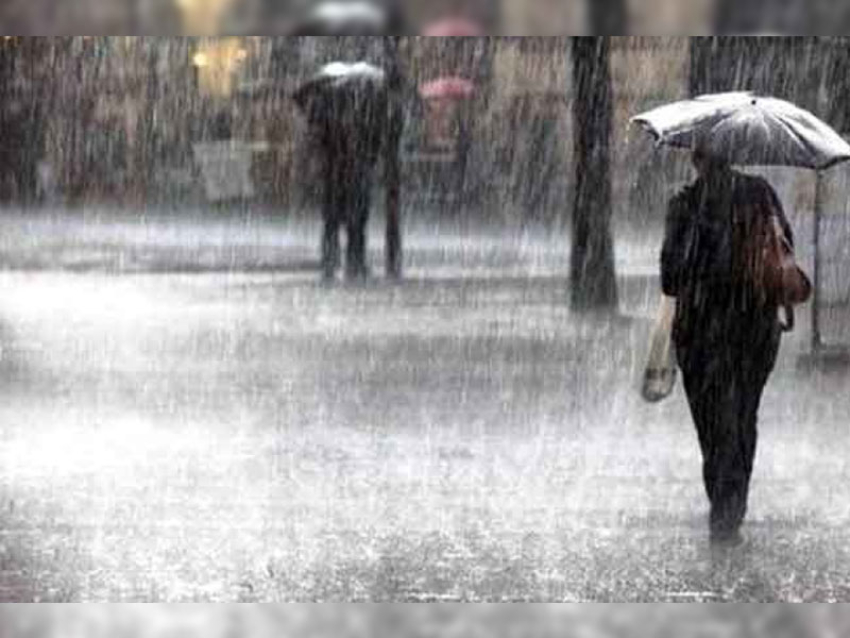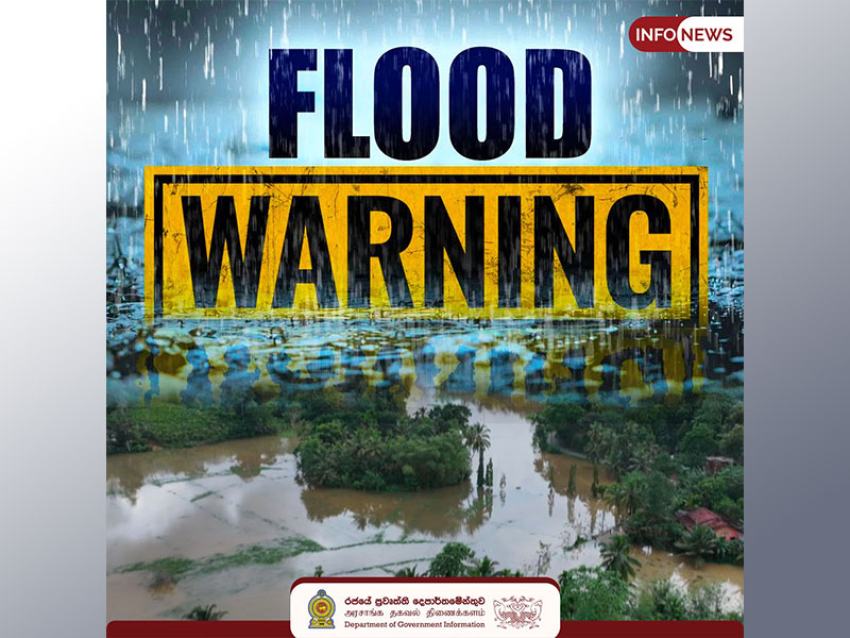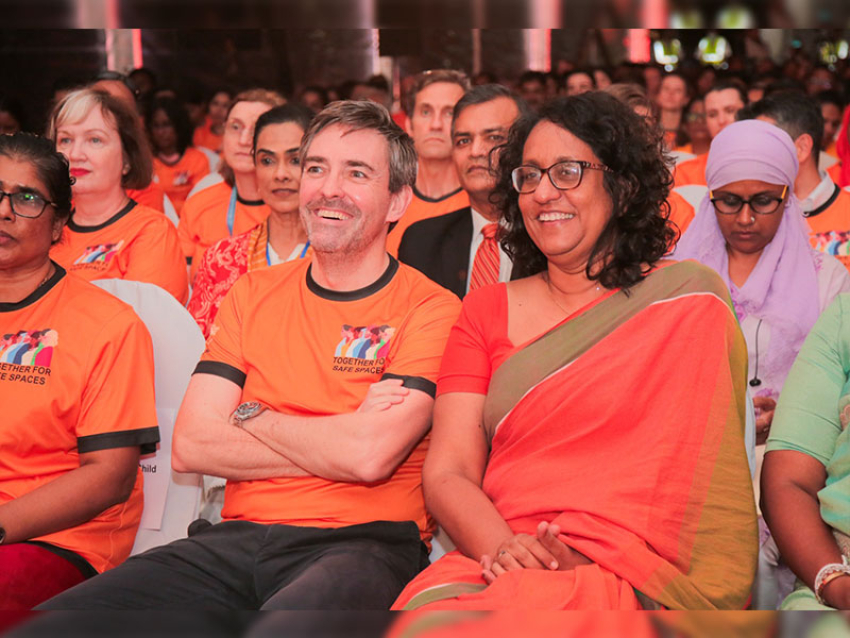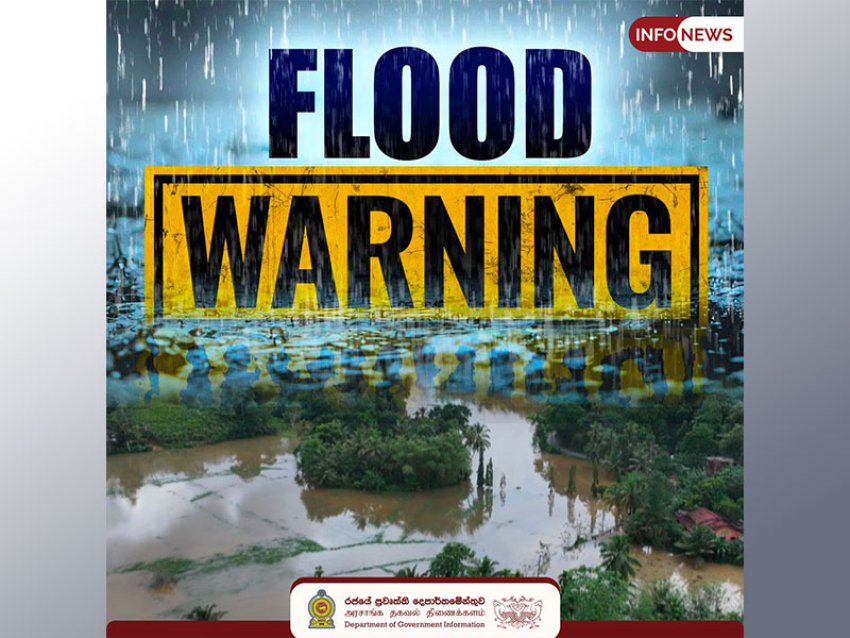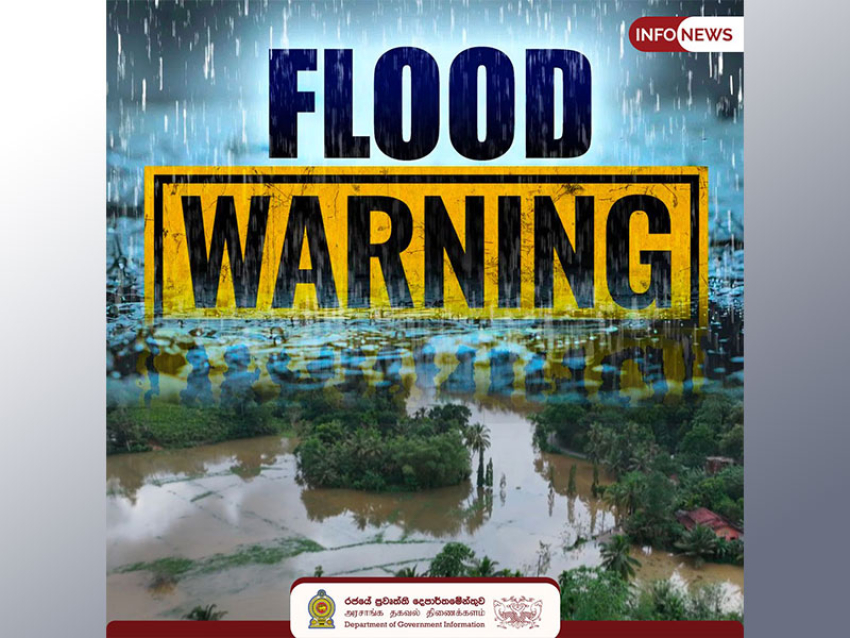How paper is making a comeback
BY ZARIA GORVETT
Made On Earth
The story of the world's trading networkstold through eight everyday products.As we turn our backs on single-use plastic, paper is seen as a more sustainable alternative.
But how environmentally friendly is paper?
What do you get if you mix rags, hemp and old fishnets with the bark of a mulberry tree? Mercifully, this isn’t a recipe for a particularly revolting folk remedy. In fact, it’s the ingredients for paper – as it was made in ancient China, that is. At the time of its invention, life was hard if you had something you needed to remember. Legend has it that when one learned man presented a list of his policy suggestions to the Han emperor he served, he had to use some 3,000 bamboo strips to write them on. Two of the strongest men around were needed to carry them.
So when a government official finally invented paper in AD105, it was a big deal. It involved mashing up a bizarre concoction of cloth, bark and nets with some water to form a paste, and then flattening it out to dry in the sun. The new invention was a hit with the emperor – though initially it was only used for wrapping precious objects. But soon enough, paper began to change the world.
Within 650 years, printing had arrived. The first books, playing cards and toilet paper soon followed. In the Middle East, the introduction of paper coincided with the Golden Age of Islam, allowing scholars to record their breakthroughs in the budding fields of astronomy, medicine, engineering, literature and mathematics.
It took more than a thousand years to arrive in Europe, where people had to make do with writing on the skins of calves, goats and sheep. It’s been estimated that Europeans slaughtered at least 4.2 million sheep alone between 1150 and 1850 to make parchment; the result was an expensive product largely confined to the wealthy. When large-scale paper milling finally reached Europe, it made mass literacy possible in the region for the first time.
Today, in an age of computers, smartphones and e-books, you could be forgiven for predicting the demise of this ancient wonder material. But though there has been a small decline in the demand for so-called “graphic paper”, like newspapers and books, the paper industry is booming.
The world currently uses around 400 million tonnes of paper per year. And from money to cardboard boxes, to receipts, coffee cups, stick-on notes, baking paper, egg cartons, birthday cards, straws, wrapping paper, and, of course, papier-mâché, it’s hard to imagine modern life without it. We might be edging towards a cashless society, but the paperless society, as the American librarian Jesse Shera famously put it, “is about as plausible as the paperless bathroom”.
In fact, demand for paper is growing all over the world, and as we turn our backs on single-use plastic, paper is one of the main contenders to take its place. The last few years has seen numerous retailers announce that they are switching to paper bags, while paper-based chocolate wrappers, ready-meal trays and water bottles have also started to emerge.
In Canada, the government recently approved a ban on certain plastic items, while the EU has pledged to eradicate some of the most notorious by 2021. Some Indian states have gone further, ditching single-use plastic altogether. Many businesses have already announced that they will be replacing throw-away plastic items with paper versions.
But how sustainable is paper really? And what can be done to reduce its environmental impact?
The process of making paper starts with the raw wood, which tends to come from softwood trees like spruce, pine and fir, as well as some fast-growing hardwoods like eucalyptus. Whichever type it comes from, wood is made up of cellulose fibres bound together with a natural glue called lignin. So the first step involves removing most of the lignin, to allow the cellulose fibres to separate and be re-moulded into a different shape.
But it turns out that breaking down a material that’s strong enough to support giant plants is no easy feat. “The chemistry is quite complicated, but the main goal is to remove the lignin to the maximum extent possible,” says Siddharth Chatterjee, an expert in paper engineering from the SUNY College of Environmental Science and Forestry, New York.
First there’s the “pulping” process, which usually involves breaking the wood down into chips, and then cooking it in a bath of sodium hydroxide and sodium sulphide. These are potent alkalis, capable of inflicting serious burns, and dissolving aluminium and rock, as well as – crucially – the lignin in wood. Another option is to leave the lignin in and just physically mash the wood instead, but this produces a low-quality paper that is only really suitable for newspapers and phone books.
At this stage, the paper sludge is still very much brown, because that’s the colour of lignin and it’s not possible to remove it all in one go. So now chlorine dioxide is added, to bleach the pulp and achieve a white colour. Finally, a thin layer of pulp is sprayed onto moving mesh screens, before it is dried and pressed, expelling water.
Indeed, almost every phase of paper manufacturing involves water. Scaled up to the magnitude of the industry today, a vast amount is required. To make just a single A4 sheet, you need between two and 13 litres. In China, which remains one of the leading players in the paper trade, the industry sucked up 3.35 billion tonnes (roughly three trillion litres) in 2014 – enough for about 37 billion baths.
After the pulping and bleaching is over, paper mills end up with water containing a cocktail of organic compounds, alkalis and bleach, which must be treated so that it can be disposed of safely. This can be a huge technical challenge, and some paper mills simply discharge the effluent straight into the local water supply, where it’s acutely toxic to fish and other wildlife – even at concentrations of just 2%.
Another sustainability challenge facing the paper industry is the sheer amount of energy required. One study found that the global paper industry eats up around 6.4 exajoules (EJ) of energy each year – enough to make some 87 trillion cups of tea. All that energy means paper contributes 2% of the world’s total carbon footprint.
And finally, there’s the trees. Each year, the global paper industry is fed by more than 100 million hectares of forests, which is an area around the same size as Egypt. In some places, the industry is thought to contribute to net deforestation – and therefore yet more carbon emissions, because the felled areas would previously have been locking away carbon dioxide. And while much paper is sourced from sustainably managed forests, some is made from trees in ecologically important forests, contributing to loss of biodiversity.
Due to the environmental concerns about paper, the industry is taking steps to improve. Take water, for instance. “In the 40s and 50s, huge quantities of water were required to make, say, one tonne of paper – tens of thousands of gallons were required,” says Chatterjee. But now, responsible companies in the US and Europe are among those changing the game. Some mills, such as McKinley, New Mexico, clean and recycle all the water they use, meaning there is zero waste.
At the moment, most paper is bleached to achieve a high level of brightness, appearing vividly white because it reflects a lot of blue light. But Chatterjee explains that in Europe, the industry has switched from using toxic chlorine dioxide to ozone, which has a much lower environmental impact. He’s also keen to stress that the step could be skipped altogether, if we could come to terms with using slightly-less-white paper.
“To get a paper of 90% brightness is very expensive, because of the bleaching process,” he says. “This is also where you produce all of these hazardous pollutants. But if society were to say ‘OK, for ordinary use, we do not need paper of such white quality, we can do with brown paper’, then that will have a big impact on the environment.”
The paper industry is making progress in terms of energy, too. Though the world made 25% more paper and paperboard in 2017 than it did in 2000, the amount of energy used went up by just 5%. This is partly due to new technologies, but also because of the increase in recycling. In Europe, paper mills now produce almost half the energy they consume, by burning their own solid waste – usually a mixture of leftover cellulose and lignin.
Then there’s the trees. Though we’re often told to save paper to save trees, there’s enormous variability in how sustainable the wood supply is. In countries where forests are not sustainably managed, important habitats can be destroyed. But in responsibly managed areas, sometimes using more paper can, bizarrely, lead to more trees. That’s because many companies have a policy of planting several trees for each one that is felled. In the US, 1.7 million trees are planted each day by the lumber industry, according to the USDA Forest Service.
Perhaps the biggest game-changer in the paper world has been recycling. Not only does recycled paper save trees, but it also drastically reduces the amount of just about everything else that it uses up. According to one estimate, for every ton (907kg) of paper that is recycled, 17 tree lives are spared – along with 380 gallons (1,727 litres) of oil, three cubic yards (2.29 cubic metres) of landfill space, 4,000 kilowatts of energy, and 7,000 gallons (31,822 litres) of water.
The popularity of recycled products has been steadily increasing for the last few decades. The trade is now worth $139 billion (£110 billion) in the US alone, and accounts for nearly 40% of the nation’s total paper supply. In fact, last year the demand for recycled paper pulp was expected to exceed the available supply by 1.5 million tonnes.
Meanwhile over in Europe, EU countries have the highest recycling rates in the world. Incredibly, 72% of paper was recycled in 2017 and European countries recycle around two tonnes of paper per second. One major contributor to this trend is Italy. Though the country is famous for the triangolo della morte, or “triangle of death” – an area in Naples that contains the largest illegal waste dump in Europe, largely created by the local mafia – it also happens to be a world-leader in recycling. In Italy, 57% of the raw materials used by paper mills consists of used paper, and each minute, they recycle 10 tonnes of the stuff – amounting to around five million tonnes every year.
“They no longer regard paper as a waste,” says Simon Ellin, chief executive of the Recycling Association. “They regard it as a commodity.” However, the public’s enthusiasm for recycling recently hit a snag. Until January 2018, millions of tonnes of rubbish collected in the US, Europe and Australia was sent abroad to be recycled (in theory, although there were concerns that much of it was simply being landfilled instead). China was a popular destination for used paper – until they introduced a ban on waste imports.
It’s now been more than a year since the policy, called the “National Sword”, was imposed, and it’s still not clear how the world is going to deal with the mountains of recycling that are stacking up. “Other Asian countries are considering similar bans, to avoid becoming a dumping ground for unrecyclable waste,” says Annalise Matthews, a recycling advisor at the UK-based company Vegware, which specialises in eco-friendly packaging.
00:00 / 00:00
Another big challenge in the world of recycling is how to deal with soiled paper. As avid recyclers will know, even the tiniest amount of grease on a single item, like a pizza box, can lead to the whole recycling bin being rejected. And this is happening all over the globe; in the UK, some 338,000 tonnes of recyclable waste were rejected in 2014-15. However, there are some innovations on the horizon which might be able to help.
With this in mind, Vegware has designed a range of food containers that can be composted instead. “Food contamination is inevitable, so the result is incineration or landfill,” says Matthews. “For disposables destined for serving food, it makes sense to use materials that can be recycled together with food. With compostable disposables, food isn’t contamination, it’s a vital ingredient in the composting process.”
Their packaging is made primarily from sustainably sourced paper, and designed so that it can break down entirely at commercial composting facilities within three months. If, say, you ate a burger and chips with a Vegware box and cutlery, you could throw the whole lot – burger box, fork, napkin, cup and lid – directly into the compost bin.
The concept of compostable paper has been catching on, and elsewhere companies have launched chocolate wrappers that biodegrade within a matter of weeks, and even sheets of paper imbued with seeds that germinate once they get to the dump.
Far from disappearing, it seems that paper is entering a new golden age, as the world seeks alternatives to plastic. And though it still has a long way to go, the process of making it – and what happens when we’re done with it – is becoming greener by the day.
With the advent of new genetic technologies, we might soon even be able to grow trees that are more easily mashed, leading to further reductions in the resources the industry consumes. Meanwhile, scientists are working on turning paper pulp into a pioneering new sustainable material with many of the same properties as the environmental villain that it may one day replace. You could say that paper has come a long way since the days of rags and old fish nets.
The world’s trading routes have been crafted over centuries and yet remain in a constant state of flux. Made on Earth looks at eight everyday products – from bicycles to whisky, spices to semiconductors – and explores the people, countries and intricate global networks that go into making and bringing these goods to market.

